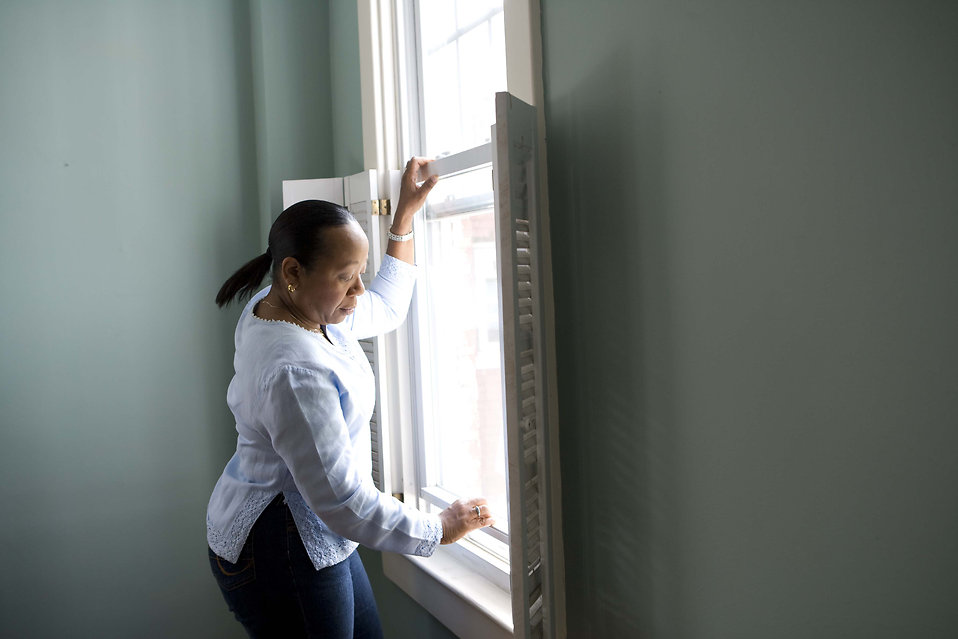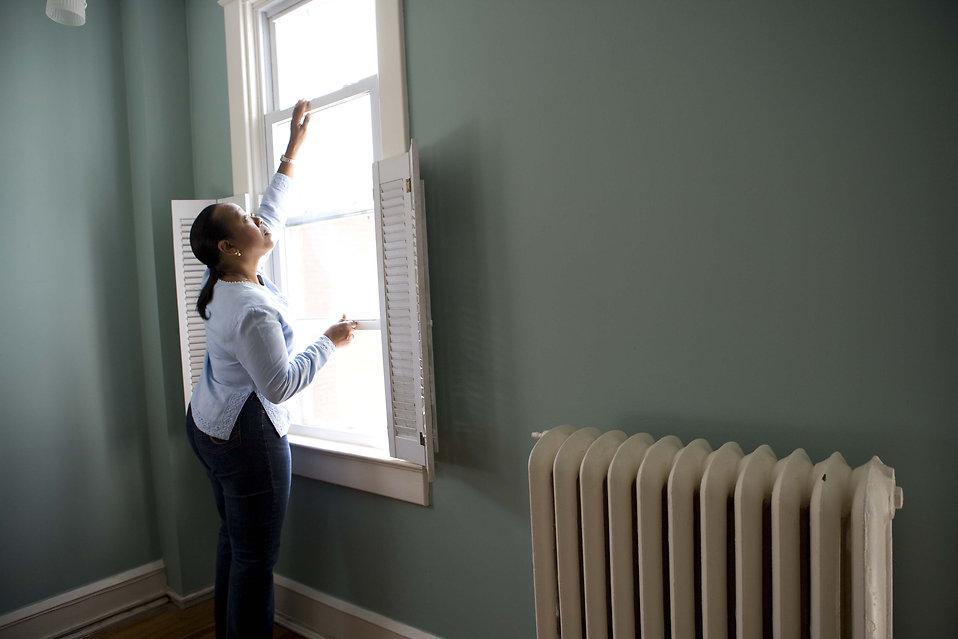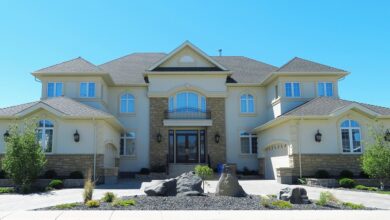Protecting Your Dwelling and Personal Possessions

The dream of owning a home represents one of the most significant and profound financial investments a person will ever make. It is not merely a structure of wood and brick; it is a repository of memories, a source of stability, and the centerpiece of family life. Similarly, even for those who rent, the collection of personal belongings accumulated over a lifetime holds immense monetary and sentimental value.
Both homeowners and renters face the constant, often unpredictable threat of financial loss due to a myriad of unfortunate events, ranging from natural disasters like fires and storms to simple accidents and theft. This is where the essential safeguard of property insurance steps in, providing a vital layer of financial defense against these unexpected catastrophes.
Homeowners insurance and renters insurance are the specific, foundational tools that ensure an individual or family can recover and rebuild after a devastating loss. Securing the right policy is a necessary act of due diligence. It ensures that a single unfortunate event does not completely derail a carefully constructed financial future.
Homeowners Insurance: A Multi-Layered Shield
Homeowners insurance is a comprehensive package policy designed to protect against multiple risks under a single contract. It is crucial to understand that a standard policy does not simply cover the building itself. Rather, it is typically divided into several key coverages that protect the structure, contents, and financial liability of the policyholder. This combination of protection provides extensive financial security. Most mortgage lenders require borrowers to maintain a valid homeowners policy throughout the life of the loan. This requirement protects the lender’s investment as much as it protects the homeowner.
A. Dwelling Coverage (Coverage A)
Dwelling coverage protects the physical structure of the home itself. This includes the foundation, the walls, the roof, and attached structures like a garage or porch. The coverage amount should ideally be sufficient to cover the full replacement cost of the home. Replacement cost is the expense to rebuild the home entirely, not its market value.
This coverage is vital for repairs or total rebuilding after a major covered peril. Perils commonly include fire, windstorms, hail, and vandalism. It is the cornerstone of the policy’s protection against structural damage. Homeowners must regularly review this amount to account for inflation and renovations.
B. Other Structures Coverage (Coverage B)
This section of the policy protects structures on the property that are not attached to the main dwelling. Examples include detached garages, storage sheds, fences, and separate workshops. Coverage B is usually set as a percentage of the Dwelling Coverage (Coverage A). A common percentage is ten percent of the main dwelling limit. This ensures peripheral buildings are also protected from covered damages.
C. Personal Property Coverage (Coverage C)
Personal property coverage protects the contents of the home. This includes virtually everything inside that would fall out if the house were turned upside down. Examples are furniture, clothing, electronics, and kitchenware. This coverage is usually provided even when the items are temporarily away from the home. If your laptop is stolen from your car, this part of the policy often covers the loss.
It is highly recommended that homeowners conduct a detailed home inventory. This inventory should include photographs and receipts to simplify the claim process significantly. Coverage C can be based on either Actual Cash Value (depreciation included) or the superior Replacement Cost Value. Choosing the replacement cost option ensures you can purchase brand-new items.
D. Loss of Use Coverage (Coverage D)
This coverage, also known as Additional Living Expenses (ALE), pays for extra costs incurred if the home becomes uninhabitable due to a covered loss. If a major fire forces the family out, this coverage pays for temporary housing, restaurant meals, and laundry services. It covers the difference between normal living expenses and the temporarily inflated costs. This crucial coverage ensures the family maintains stability during the rebuilding process.
The Essential Protection of Renters Insurance

Many renters mistakenly believe their landlord’s insurance policy covers their personal belongings. This is a common and financially disastrous misconception. A landlord’s policy only covers the physical building itself. It offers absolutely no protection for a renter’s personal property or liability. Renters insurance is the specialized and necessary policy for anyone living in a rental unit. It is an extremely affordable and highly valuable safeguard.
Renters insurance provides the same two crucial coverages found in a homeowners policy. It protects the contents of the rental unit and provides essential personal liability coverage. The cost is often minimal, making it a budget-friendly form of profound financial security. Landlords are increasingly requiring tenants to carry this coverage.
E. Personal Property for Renters
This functions identically to the Personal Property coverage for homeowners. It covers the renter’s furniture, clothing, electronics, and other possessions from covered risks. The protection applies whether the items are inside the apartment or temporarily stored elsewhere. This coverage is the most immediate financial benefit for a renter.
F. Liability Coverage for Renters
Renters insurance includes a substantial amount of personal liability coverage. If a guest is injured inside the rental unit, or the renter accidentally causes damage to another unit, this coverage steps in. For instance, if the bathtub overflows and floods the apartment below, the renter’s liability policy would cover the damage to the neighbor’s property. This protection is critically important for managing risk in shared living spaces.
The Critical Role of Liability Coverage
Liability protection is arguably the most financially important component of both homeowners and renters insurance. It protects the policyholder’s accumulated wealth from potential lawsuits. Legal action stemming from an accident can easily exceed a person’s life savings. This coverage is essential for true financial security.
G. Personal Liability
Personal liability coverage provides financial defense against claims of bodily injury or property damage caused by the insured or members of their household. If someone is injured slipping on a wet sidewalk at your property, this coverage pays for their medical expenses. It also covers the cost of legal defense if a lawsuit is filed. High liability limits are strongly recommended for affluent individuals.
H. Medical Payments to Others
This coverage is distinct from personal liability. It pays for necessary medical expenses for guests who are injured on the insured property. Importantly, this coverage is paid regardless of fault. This rapid, no-fault payment can often prevent a minor incident from escalating into a major lawsuit. The limits on this coverage are usually lower than the personal liability limits.
Perils Covered and Common Exclusions
Standard property insurance policies operate on what is known as a named perils or open perils basis. Understanding which events are covered and which are excluded is vital. Misunderstanding coverage is a primary cause of denied insurance claims.
Most policies cover common perils, including fire, lightning, windstorm, hail, theft, and vandalism. These are the expected events that create the most common insurance claims. The policy will clearly list the events for which coverage applies.
However, certain catastrophic risks are routinely excluded from standard policies. Homeowners must often purchase entirely separate policies or endorsements to cover these major exclusions. Failing to plan for these gaps leaves the homeowner financially exposed.
I. Flood Damage
Damage caused by rising water from a river, storm surge, or heavy rainfall is almost always excluded. Flood insurance must be purchased separately, usually through the National Flood Insurance Program (NFIP) or a private insurer. This separate coverage is vital for anyone living in a low-lying or high-risk flood zone.
J. Earthquake Damage
Structural damage caused by earthquakes or earth movement is another major exclusion. This coverage must be purchased through a specific earthquake endorsement or a separate policy. It is particularly important for residents in seismically active regions. The cost of this specialized insurance can be substantial but necessary.
K. Routine Wear and Tear
Insurance is designed to cover sudden and accidental losses. It specifically excludes losses resulting from lack of maintenance, deterioration, or routine wear and tear. A leaky roof due to age is a maintenance issue, not an insurance claim. Homeowners are responsible for the proper upkeep of their property.
Valuation: Actual Cash Value vs. Replacement Cost
When a loss occurs, the method the insurance company uses to calculate the payout is critically important. The difference between the two main valuation methods can mean tens of thousands of dollars for the homeowner. Understanding the policy’s valuation clause is key to recovery.
L. Actual Cash Value (ACV)
Actual Cash Value is the replacement cost of the item minus depreciation. Depreciation is the reduction in value due to wear and tear or age. Under an ACV policy, the payout will only cover the depreciated value of the lost or damaged item. This means the homeowner receives significantly less than the cost to purchase a new item. This method is common for older homes or for personal property in certain renters policies.
M. Replacement Cost Value (RCV)
Replacement Cost Value is the superior form of coverage. It covers the full cost to repair or replace the damaged property with new materials of similar kind and quality. This is done without any deduction for depreciation. RCV ensures the homeowner has the full funds necessary to rebuild or fully replace their contents. Most standard homeowners policies offer RCV for the dwelling structure.
N. Endorsements for Scheduled Property
Standard personal property coverage often places low limits on specific high-value items. This includes jewelry, fine art, furs, or valuable coin collections. To properly insure these items, the homeowner must purchase a scheduled personal property endorsement. This endorsement lists the specific items and insures them for their appraised value. This ensures full coverage for treasured possessions.
Strategies for Buying and Maintaining Coverage
Purchasing the correct property insurance is not a one-time event; it requires strategic thought and ongoing review. Proactive management of the policy can lead to both cost savings and better coverage. Being a smart consumer is essential in the insurance market.
Shop around thoroughly before settling on a provider. Rates for the same level of coverage can vary dramatically between different insurance companies. Obtaining multiple quotes ensures you find the most competitive premium available. Price comparison is a fundamental first step.
Consider bundling your home or renters policy with your auto insurance. Most insurance companies offer significant multi-policy discounts. This consolidation can lead to substantial premium savings across both policies. It also simplifies the overall management of your insurance portfolio.
Invest in security and protection measures for your home. Installing a certified home security system, smoke detectors, and fire extinguishers can qualify you for premium discounts. Insurance companies reward policyholders who take proactive steps to reduce their risk of loss. Discounts are a great way to save money.
Review your policy and your coverage limits at least once a year. This review is especially important after completing a major home renovation or purchasing expensive new furniture. Your coverage should always reflect the current cost of rebuilding and the value of your possessions. Never let your policy become outdated.
Conclusion

Homeowners and renters insurance are two of the most critical financial tools available today.
They provide a necessary, robust financial defense against catastrophic and unexpected property losses.
Homeowners policies offer multi-layered protection covering the structure, personal items, and vital personal liability.
Renters insurance is an affordable necessity, protecting a tenant’s belongings and shielding them from costly lawsuits.
Understanding the difference between the superior Replacement Cost Value and Actual Cash Value is crucial for adequate recovery.
Core coverages protect against common perils like fire and theft, but essential risks like floods and earthquakes are usually excluded.
Properly securing these separate policies is mandatory for individuals in high-risk geographic areas.
Liability coverage protects a family’s entire financial future from potentially devastating and expensive legal judgments.
Regularly reviewing and updating coverage limits ensures the policy always aligns with the current value of the home and its contents.
Smartly bundling policies and investing in home security measures can lead to significant cost savings on premiums.
This foundational insurance ensures that a physical loss does not translate into an insurmountable, life-altering financial crisis.
Securing the right policy guarantees the peace of mind needed to thrive, regardless of external unpredictable risks.


